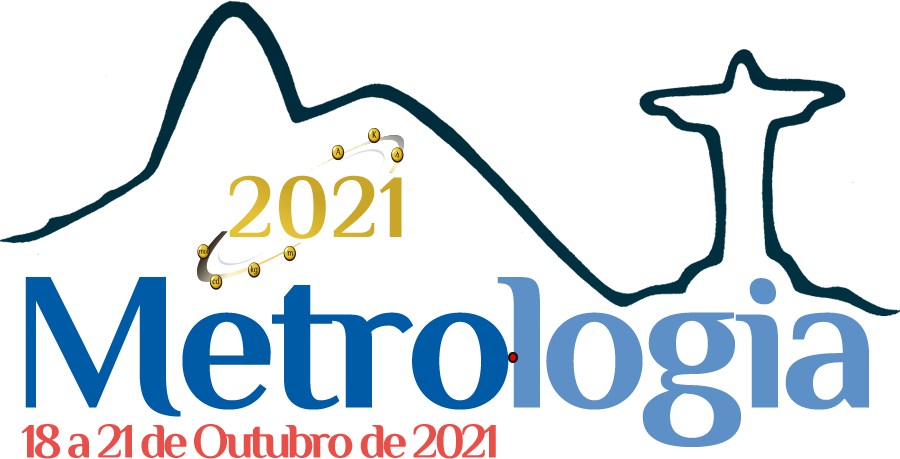ARTIGO
Autores: Rafaela Siqueira de Grijp, Rodrigo P.B. Costa-Felix
Resumo:Ultrasound is present in everyone’s life daily, from medical applications to diagnostics as used in industry. Medium-frequency ultrasound (1 to 5 MHz) is regularly used in medicine for therapeutic purposes, and its effects depend on the application applied to achieve the expected result. Knowledge about the application applied to clinical practice is necessary since, if misused, it can have adverse effects, making the treatment ineffective, putting the physical integrity of the user and operator at risk. It is possible to determine the ultrasonic power through the measured mass since this quantity is indirectly linked to ultrasonic power. Although there is a methodology for calibration, the high cost due, such as a specialized technician and specific measuring instruments, make it difficult to maintain equipment maintenance, sometimes keeping them out of technical specifications for long periods. A reliable, low-cost, and more accessible methodology to provide preventive care routinely by physical therapists would be of utmost interest. The present study aims to experimentally verify whether a variation in atmospheric pressure impacts the results of ultrasonic power agreement using a semi-analytical scale to establish an accessible methodology as a power reference. It can be seen that the results of the measured power mass do not change as a function of atmospheric pressure. The average power value is within the limit specified by the IEC 61689 standard.
